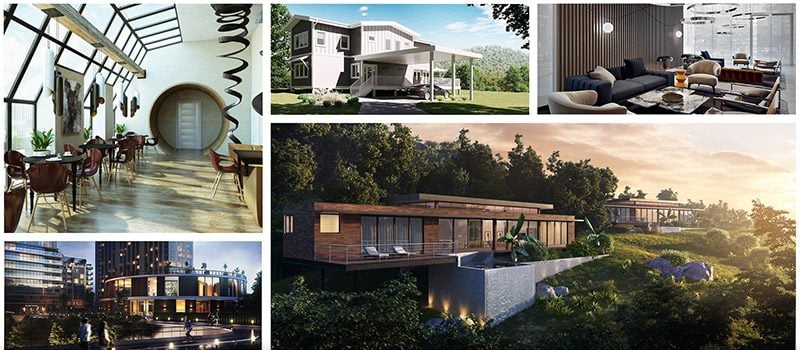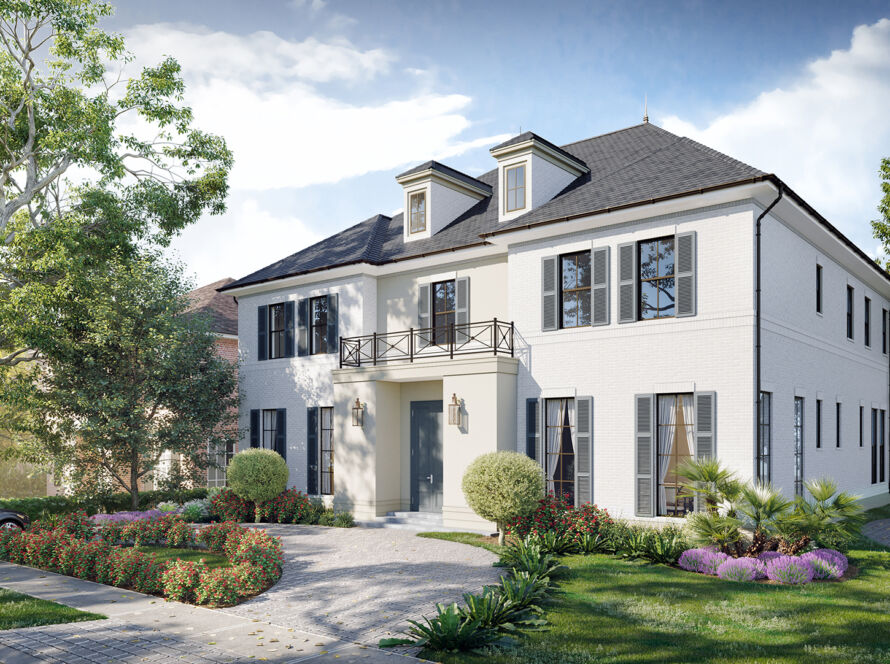3D rendering is the process of creating three-dimensional images from two-dimensional data. This process can be used to create images of objects or scenes that don’t actually exist, or to create images of objects or scenes that do exist but are not readily accessible. Rendering can be used for both still and moving images, and the results can be photographs, animations, or both. 3D rendering is a powerful tool that can be used for a variety of purposes, including product design, architecture, and video game development. In this blog post, we will introduce you to the world of 3D rendering and show you how it’s being used in Calgary. We’ll also provide some tips on how you can get started with rendering if you’re interested in learning more about this exciting field.
What is 3D rendering?
3D rendering is the process of creating a three-dimensional image from a three-dimensional model. The model can be created in a number of ways, including using 3D scanning or CAD (computer-aided design) software. Once the model is created, it can be lit and textured to create a realistic image.
Rendering can be used for a number of purposes, including creating images for product visualizations, architectural visualizations, and computer games. Rendering is a computationally intensive process, and requires powerful computers and specialized software.

What are the benefits of 3D rendering?
3D rendering is a process of creating three-dimensional images from two-dimensional models. This technology has a wide range of applications, including product design, architectural visualization, and medical imaging.
The benefits of 3D rendering include:
- Increased accuracy: With 3D rendering, you can create images that are more accurate than those created with traditional methods such as drawing or painting. This is because the images are created based on mathematical models, which means that they are less likely to contain errors.
- Greater flexibility: 3D rendering enables you to create images that would be difficult or impossible to create using traditional methods. For example, you can create images of objects from multiple angles or view them from different perspectives.
- Faster turnaround times: The process of creating 3D images is typically much faster than traditional methods such as drawing or painting. This means that you can get your project completed in a shorter time frame.
- Higher quality: Because 3D rendering creates images that are based on mathematical models, they tend to be of higher quality than those created with traditional methods. This is due to the fact that there is less room for error when creating the image.

What are the different types of 3D rendering?
3D rendering is the process of creating a three-dimensional image from a given set of data. This data can be in the form of a 3D model, CAD drawing, or even a photograph. The process of 3D rendering is used to create both still images and animations.
There are two main types of 3D rendering: rasterization and ray tracing. Rasterization is the more common method and works by projecting a 3D model onto a 2D grid. This grid is then filled in with color values to create the final image. Ray tracing works by tracing the path of light rays as they bounce off objects in the scene. This allows for more realistic lighting and shadows, but is computationally expensive.
Both rasterization and ray tracing have their strengths and weaknesses, so it’s often best to use a combination of both methods when creating a final image.
How to choose a 3D rendering company?
When it comes to choosing a 3D rendering company, there are a few things you should keep in mind. The first is to make sure that the company has experience rendering the type of project you are looking to have completed. There are different types of software and techniques used for different projects, so it’s important that they have experience with the specific one you need.
In addition, you want to look at reviews of the company to see what others have said about their experience. It’s also a good idea to ask for references so you can speak to some of their previous clients directly. Once you’ve narrowed down your choices, be sure to get detailed proposals from each company including pricing and timelines. This will help you make an informed decision about which company is the best fit for your needs.

Conclusion
Calgary 3D rendering is a great way to add some extra dimension to your images. Whether you’re looking for something unique for your website or just want to add some flair to your photos, 3D rendering can help you achieve that. Plus, with the vast array of software available today, it’s easier than ever to get started with 3D rendering. So if you’re curious about what Calgary 3D rendering can do for you, why not give it a try? You might be surprised at the results.





